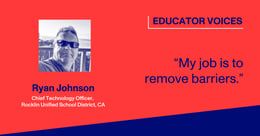
How to Pick the Right EdTech Tools Post-COVID
Tips for teachers and district leaders.
“Educational Duct Tape” is a concept that guides Jake Miller’s approach and views on ed tech. In fact, his podcast goes by that name.
I see ed tech as a tool used to meet goals, address learning standards, and solve problems in the classroom, much as duct tape is used as a tool that solves a plethora of problems in our lives.
Before implementing ed tech tools, Jake contends that we first need to identify a problem, a need, or a goal, and then we identify the tools that help us with it.
[MORE: Note to District Leaders: Here is What Effective PD Looks Like]
While the COVID-19 crisis has unveiled the significance of ed tech for education and has pushed many educators to integrate technology into their instructional practices, there is an overwhelming amount of products to choose from.
Coming into the new academic year in just a few short weeks, educators should keep in mind that ed tech is most effective when used as a tool used to solve a problem or meet a goal.
Jake Miller's 15 goals for blended and remote learning
Based on his 17 years in education and his expertise as a technology integration specialist, he believes that good ed tech tools will hit on a number of these goals when implemented:
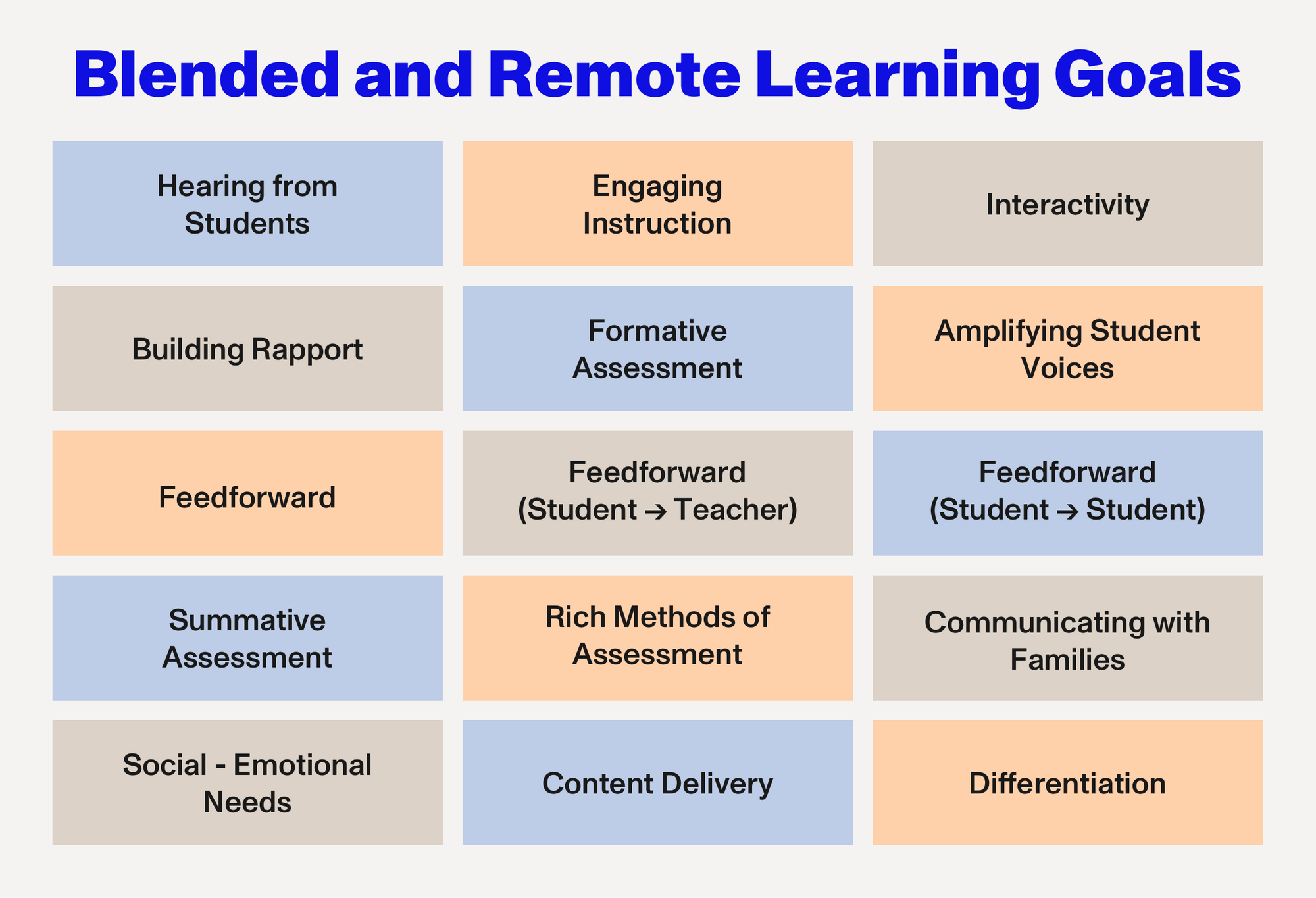
He shared with the Paper team that tools such as Flipgrid, Screencastify, Loom, Edpuzzle, Nearpod, and Pear Deck can help educators achieve a number of these goals. For instance, he described how Edpuzzle could help with: Feedforward, engaging instruction, formative assessment, content delivery, and interactivity.
Jake’s Goals and Paper’s ESS:
Of these goals, Jake noted that Paper’s ESS, providing 24/7 one-one-one tutoring and essay review, effectively allows for at least four: Interactivity, formative assessment, differentiation, and feedforward.
1. Formative Assessment
Paper’s Teacher Dashboard provides feedback for teachers on what students are having difficulty to inform their teaching. All student activity is recorded, tracked, and made readily available to teachers and administrators.
If I go into Paper and I see that 15 of my 20 students needed help with their homework last night, I see that I need to review the homework in class today. Or if I go in and see only one student that needs help, I know that I can move forward and check in with that one student.
2. Interactivity
With student engagement being a more significant concern than ever, teachers need tools that help students actively engage with class material. Paper districts can provide all students with unlimited, one-on-one tutoring sessions for all subjects.
It’s not just the teacher sending information home, the student can interact with the information.
3. Feedforward
Feedback implies one direction, whereas feedforward means the educator gives feedback, and the student uses it to move forward. It’s not just coming back to them, it’s pushing them forward.
Paper’s educators use Socratic teaching methods with students, never giving away an answer but rather guiding them to it, allowing them to become curious and independent learners. With Paper’s Essay Review function, students can upload any piece of written work and receive annotated feedback within 24 hours.
4. Differentiation
Students have received varying levels of academic support since building closures. When they return to school in the fall, they will most likely have more variability in their academic skills than ever before—Paper’s anytime, anywhere one-on-one help is something that Paper’s partner districts can provide at scale.
Any student gets support at the level that they need, whether they need enrichment or remediation on something.
With the beginning of a new school year looming, all of the above goals will require thoughtful consideration by district leaders.
While technology can’t solve all of the impending challenges, it can alleviate some of the strains on your students and staff. Thoughtful consideration of problems and goals when choosing ed tech tools can help district leaders make informed decisions about which products to implement and scale.
About Jake Miller
Jake Miller is an ed tech and learning enthusiast who hosts the Educational Duct Tape podcast and shares #EduGIFs at @JakeMillerTech and on JakeMiller.net. He works as a science teacher in Ohio and previously spent five years as a technology integration specialist and an additional 12 years in the classroom teaching math, science, and STEM at various grade levels. Jake’s favorite job, however, is his full-time position as a husband and father.

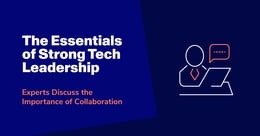
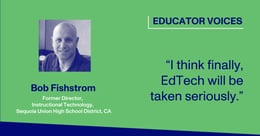
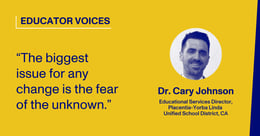
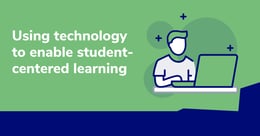
.jpg?width=260&height=136&name=Paper-Blog-Digital-Divide-v2%20(1).jpg)
